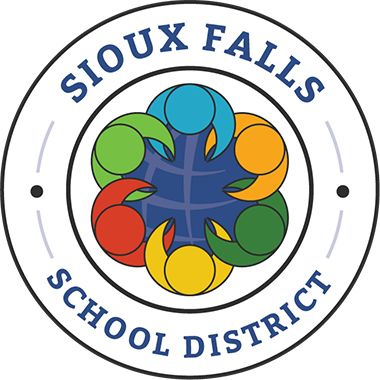Early Childhood Special Education Teacher
(Non-Classroom)
Special Services
REQUIREMENTS
EDUCATION LEVEL: | Bachelor’s degree and endorsements in the areas of teaching assignment. Certification or licensure: South Dakota teaching certificate and early childhood special education. Prior experience working with young children with disabilities in education. |
|---|---|
EXPERIENCE REQUIRED: | Successful student teaching. |
PHYSICAL REQUIREMENTS: | Typical early childhood classroom or integrated preschool setting. May involve lifting, toileting, and physical assistance for children with mobility needs. Requires flexibility and responsiveness to the needs of young learners and families. |
OTHER REQUIREMENTS: | Demonstrates effective and inclusive teaching strategies that address the diverse learning needs of young students. Proficient in computer applications, including word processing, spreadsheets, and database management. Well-versed in the implementation of the IEP process and knowledgeable in special education laws and regulations. Travel throughout the school district to support the needs of students on IEPs at various locations. |
COMPREHENSIVE BACKGROUND CHECK REQUIREMENT: | Candidates are required to complete a comprehensive background check, including a state and FBI criminal history check with fingerprinting, a sex offender registry check, and a child abuse and neglect registry check. All components must be completed prior to the start of employment and repeated every five years thereafter. |
REPORTS TO: | Building Principal |
RECEIVES GUIDANCE FROM: | Assistant Principal, Special Services Supervisors, Early Childhood Coordinator |
ESSENTIAL FUNCTIONS & DUTIES
Instructional Planning & Implementation:
Develop and implement Individualized Education Programs (IEPs) tailored to meet each child's developmental and educational goals.
Design and deliver developmentally appropriate, engaging, and differentiated instruction across core domains.
Incorporate play-based, sensory-rich, and hands-on learning experiences aligned with early childhood best practices.
Possesses excellent oral and written communication skills, along with strong interpersonal abilities in human relations, leadership, and conflict resolution.
Assessment & Progress Monitoring:
Conduct formal and informal assessments to evaluate student needs and measure progress toward IEP goals.
Maintain accurate records and provide regular progress reports to families and related service providers.
Collaboration & Teamwork:
Work closely with general education teachers, therapists (OT, PT, SLP), paraprofessionals, and other support staff to support inclusive practices.
Facilitate parent-teacher conferences and actively engage families in their child’s education and development.
Support of non-certified special education teachers through coaching and modeling of best practices.
Classroom Management & Environment:
Create a structured, supportive, and nurturing classroom environment that is safe, accessible, and conducive to learning.
Use positive behavior support strategies to foster social-emotional development and address behavioral challenges.
Compliance & Professional Responsibilities:
Ensure compliance with federal, state, and local special education laws and regulations, including IDEA.
Participate in professional development opportunities and maintain required licensure and certifications.
Trained in assessment practices and skilled in interpreting evaluation data to inform instructional planning and decision-making.
WORKING CONDITIONS
CLIMATIC ENVIRONMENT | Inside & Outside
Some District classrooms and work areas are not climate controlled and are subject to extremes of temperature and humidity.
HAZARDS
Stairs and exposure to communicable diseases may be potential hazards. In labs/classrooms there could be exposure to toxic chemicals and fumes. Equipment that supports classroom instruction could be potentially hazardous under certain conditions. May involve lifting, toileting, and physical assistance for children with mobility needs.
